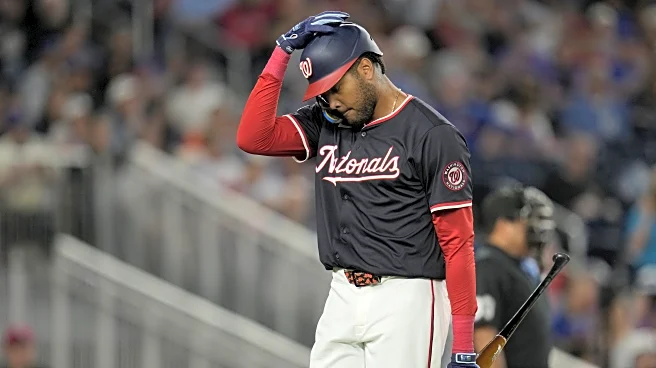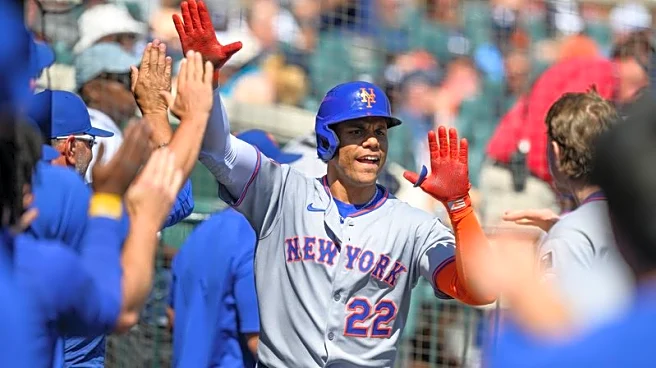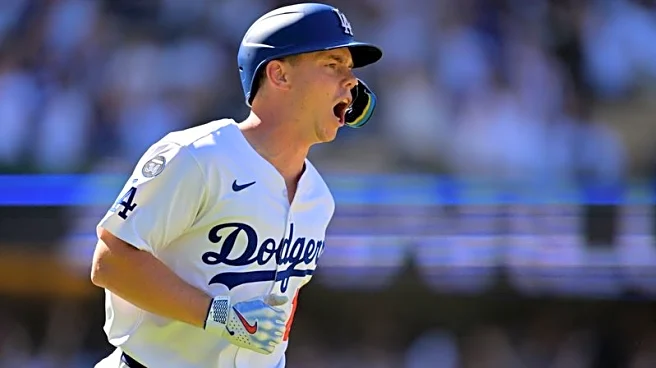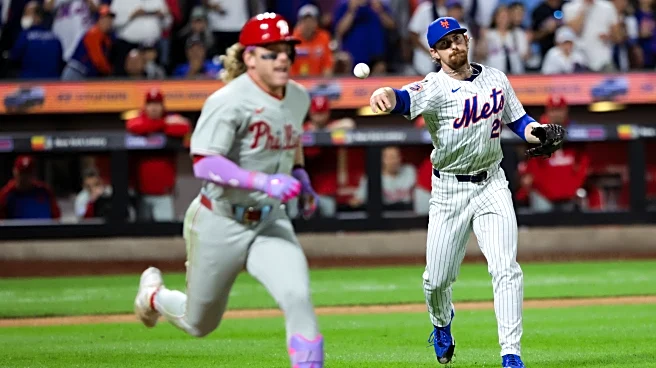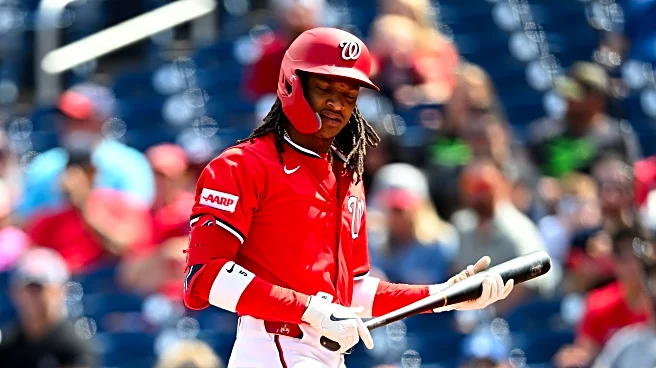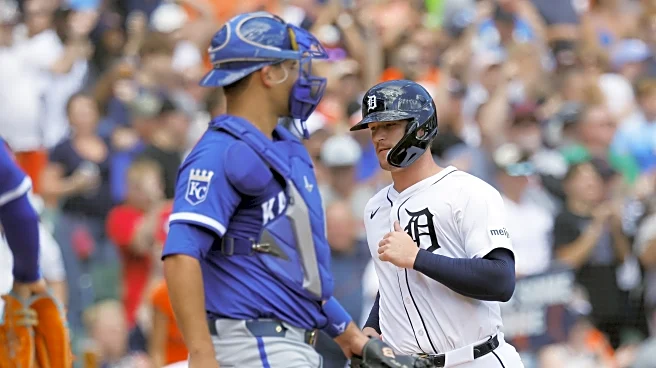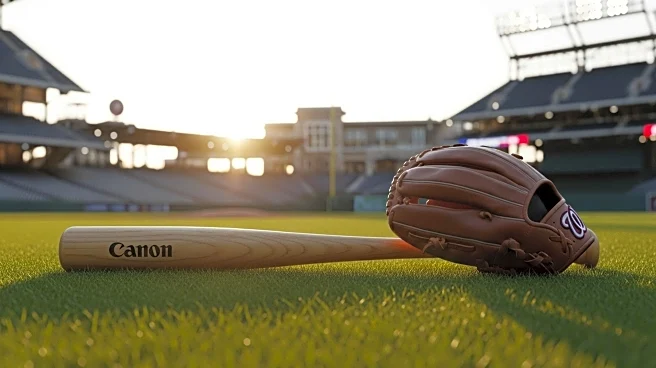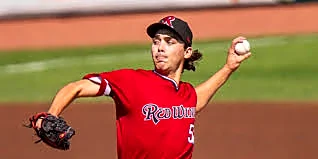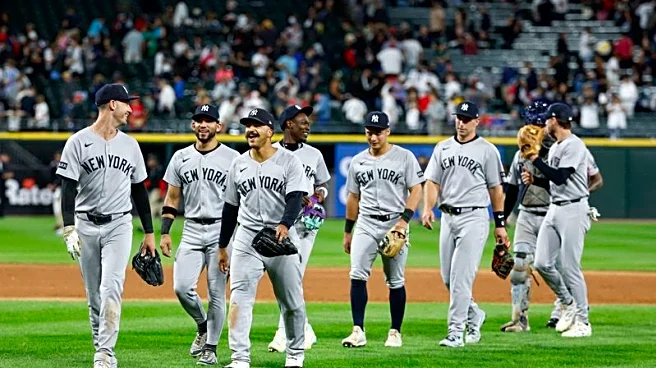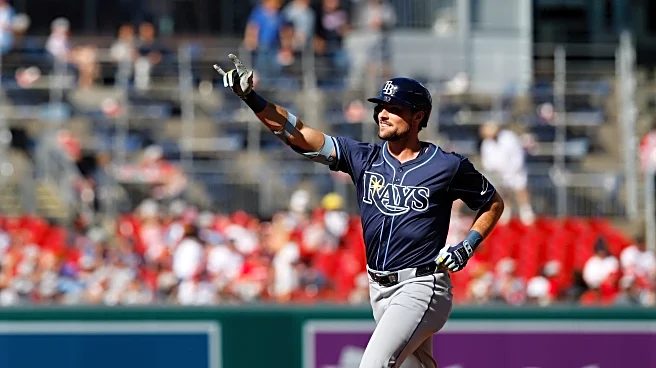
Over the past few years, being an All-Star for the Washington Nationals seems like it has become a curse rather than a blessing. Since 2021, just about every Nats All-Star has either left the team at the Trade Deadline or regressed heavily in the second half. To me, this is a major indictment on the organization as a whole.
We are going to walk through the haunted forest of regression and break down why this is going on. Nationals stars have developed an extreme tendency of playing their best baseball
in the first couple months of the year. For a while, this seemed like a coincidence, but it happens too often for it not to be a pattern. Here is a breakdown of the curse of the Nats All-Star.
Young Stars Fading in 2025:
This year the Nationals two All-Star representatives were MacKenzie Gore and James Wood. They were both young stars on the rise and had the baseball world on notice. Wood’s insane power got him an invitation to the Home Run Derby. Gore’s ERA was sitting pretty at 3.02 and he was one of the premier strikeout artists in the game.
However, that came crashing down in the second half. Let’s start with Gore. The wheels have really come off for the Nats ace since that scoreless inning he threw in the All-Star game. In his 8 starts after the break, Gore has a 7.54 ERA. It has just been ugly across the board.
His strikeouts are down, the walks are up and he is getting hit harder and more often. Opponents are hitting over .300 against him in the second half. He has just become a totally different pitcher and not in a good way.
Gore has a history of doing this, but in the past the regression would come earlier. After a strong June, I was confident that Gore had really figured it out. However, that optimism is gone. His ERA has gone from 3.02 to 4.15 in the blink of an eye.
To add injury to insult, Gore is now out with a shoulder injury. Thankfully, it seems like a minor injury and Gore hopes to return this season. However, it is yet another setback for a guy who looked so good early in the season.
Given his history of fading in the summer, Gore’s regression is not totally shocking. However, James Wood’s fall off has been quite a surprise. In the first half of the season, Wood looked like he was ready to compete for MVP’s as soon as this season.
At 22 years old, he was one of the best hitters in the National League in the first half. Wood was hitting .278 with a .915 OPS in the first half. He had also slugged 24 home runs and shocked off his insane opposite field power.
He was the guy that Nationals fans could hitch their wagon to. James Wood was the one guy on the team who was a no-doubt star. However, the second half has been a total disaster for the 22 year old. The power is gone and the strikeouts are out of control.
Since the break, Wood has a meager .616 OPS with just 2 homers and a .208 average. The lack of power is concerning, but the biggest red flag of all is the strikeouts. As a 6’7 slugger with long limbs, strikeouts will always be a part of his game just like they are for Aaron Judge.
However, he kept them at a reasonable level in the first half. His strikeout rate was 27.6% in the first half and before July 1st it was even lower at just 26.1%. That is not amazing, but with how hard he hits the ball, it is good enough.
After the All-Star break, the strikeout rate has exploded to over 40%. That is Joey Gallo levels of swinging at air. If he keeps that up for the last month, he has a chance to pass Mark Reynolds for most strikeouts in a season. From an MVP candidate in the first half to a strikeout king after the break, James Wood is yet another Nat who has not been the same since becoming an All-Star.
Rolling the Dice in 2024:
2025 was not the first year we have seen Nationals All-Stars fall off. The same thing happened last season. In 2024, the Nationals also had two All-Stars, but they were two different players. Kyle Finnegan and CJ Abrams represented the Nats.
Both were having outstanding seasons. Finnegan was one of the better closers in the National League and Abrams looked like a budding star at shortstop. Abrams was becoming the face of the franchise and Finnegan was going to get the Nats a big haul at the deadline.
However, both of their seasons fell apart after the break. For Finnegan, it was straightforward. He was overachieving in the first half and came back down to earth. Finnegan had a 2.45 ERA in the first half, but most of the underlying numbers were saying that it was unsustainable.
That turned out to be correct. Finnegan had a few meltdowns in July that severely diminished his trade value. In the end, Mike Rizzo didn’t get the offers he wanted and held on to Finnegan.
His second half slide continued though. After the midsummer classic, Finnegan posted a 5.79 ERA and opponents hit .337 against him. It was so bad that the Nats ended up non-tendering him before bringing him back deep into the offseason at a reduced price. After an up and down 2025 with the Nats, Finnegan has reinvented himself in Detroit.
The case of CJ Abrams is much stranger and more dramatic. He looked like a budding star in the first half of 2024. Abrams had an .832 OPS with 15 homers and 15 steals in the first half last year. He also played with a swagger that made him the face of the young Nats.
That power/speed combination was electric and marketable. He was so exciting even if he was a bit inconsistent in that first half. Abrams was a massive positive of the Nats rebuild.
However, the second half really hurt his stock and reputation. On the field, he really struggled. Abrams hit just .203 with a .586 OPS after the break. The at bats were uncompetitive and that spark he had early in the season was gone.
Things got even worse when he was caught pulling an all nighter at a casino in Chicago before a day game. This was unacceptable and the team responded by demoting him to Triple-A, which effectively ended his season.
This will always be something that hangs over Abrams. Even after a strong 2025 season, his reputation has still not quite recovered. He is still a very good player, but some of that shine has worn off.
The Curious Case of Josiah Gray:
Josiah Gray was the Nationals All-Star in 2023. He has never been the same since that All-Star birth due to injuries and regression. Like Finnegan, Gray’s regression was predictable. His 3.41 ERA in the first half flattered to deceive.
Under the hood, you could tell this was not sustainable. The biggest red flag was how many base runners he was allowing. His WHIP in that first half was 1.44, which is below average. Gray had 47 walks in 100.1 innings, while striking out 92 batters.
Those are pedestrian numbers that came back to haunt him in the second half. His strikeout, walk and batting average against numbers did not change very much, but the ERA went up. In that second half, he had a 4.76 ERA.
Since then, his career has been ground to a halt by injuries. In the last two seasons, Gray has only made 2 starts due to elbow injuries. He underwent Tommy John Surgery in July of 2024. Given his slow progress, it is unlikely that we will see him this season.
It will be interesting to see what the future holds for Gray. He will likely battle for a rotation spot next year. However, so much time has passed that he has become a bit of an afterthought. Hopefully his career can get back on track.
Stars Getting Traded:
In 2021 and 2022, the Nationals All-Stars did not regress, but the curse was still around. All of them were getting traded at the deadline. In 2021, the Nats had four All-Stars. Juan Soto, Max Scherzer, Trea Turner and Kyle Schwarber were part of the NL squad.
However, three of those guys ended up being traded at that deadline. The returns for those stars ended up being underwhelming. While Josiah Gray was an All-Star, his career has been derailed. Keibert Ruiz has not panned out and Aldo Ramirez, the Nats return for Schwarber, barely pitched at all due to injury.
In 2022, Soto was the Nats lone All-Star. However, he was also traded. The Soto trade has been talked about so much and it is honestly the one thing that is keeping the Nats from being Rockies levels of awful. Losing your home grown generational star is tough though.
What This Means:
Nationals All-Stars are cursed and it is something you hate to see. Why is this happening though? Well, there are a few answers for this that we will break down.
The first answer is a simple one. Some of these players just overachieved in the first half. Guys like Finnegan and Gray were going to be hard pressed to repeat those performances. The signs of regression were there and we just ignored them. However, the regression monster came for those guys.
The regression of guys like Abrams, Gore and Wood is more frustrating though. Those guys do have high end talent but have been regressing after hitting huge peaks. For me, a big reason for this is the lack of adjustments.
As seasons go on, teams make adjustments that force hitters to adapt. With a disastrous coaching staff, these guys have trouble making those in season adjustments. In the offseason, they go to private trainers that give them a plan of attack that helps them go off in the first half.
Gore added a new slider this year and it really helped him early on this year. However, teams have caught up while Gore has not adapted. Wood and Abrams also go into prolonged slumps where they look lost.
A lot of the blame has to go onto the coaching staff. These guys are looking for answers and are not getting them from the staff. With a better support system, I believe that these guys are capable of being great for a full season. Hopefully we can see that next year with a new staff.
The fall off of Nationals All-Stars seems like a curse, but when you look into it, there are explanations. From natural regression to bad coaching, second half fall offs are understandable. Making sure that these guys can sustain first half performances throughout the season needs to be a priority for the next regime. Nationals fans are tired of seeing first half stars fall on their faces down the stretch.
